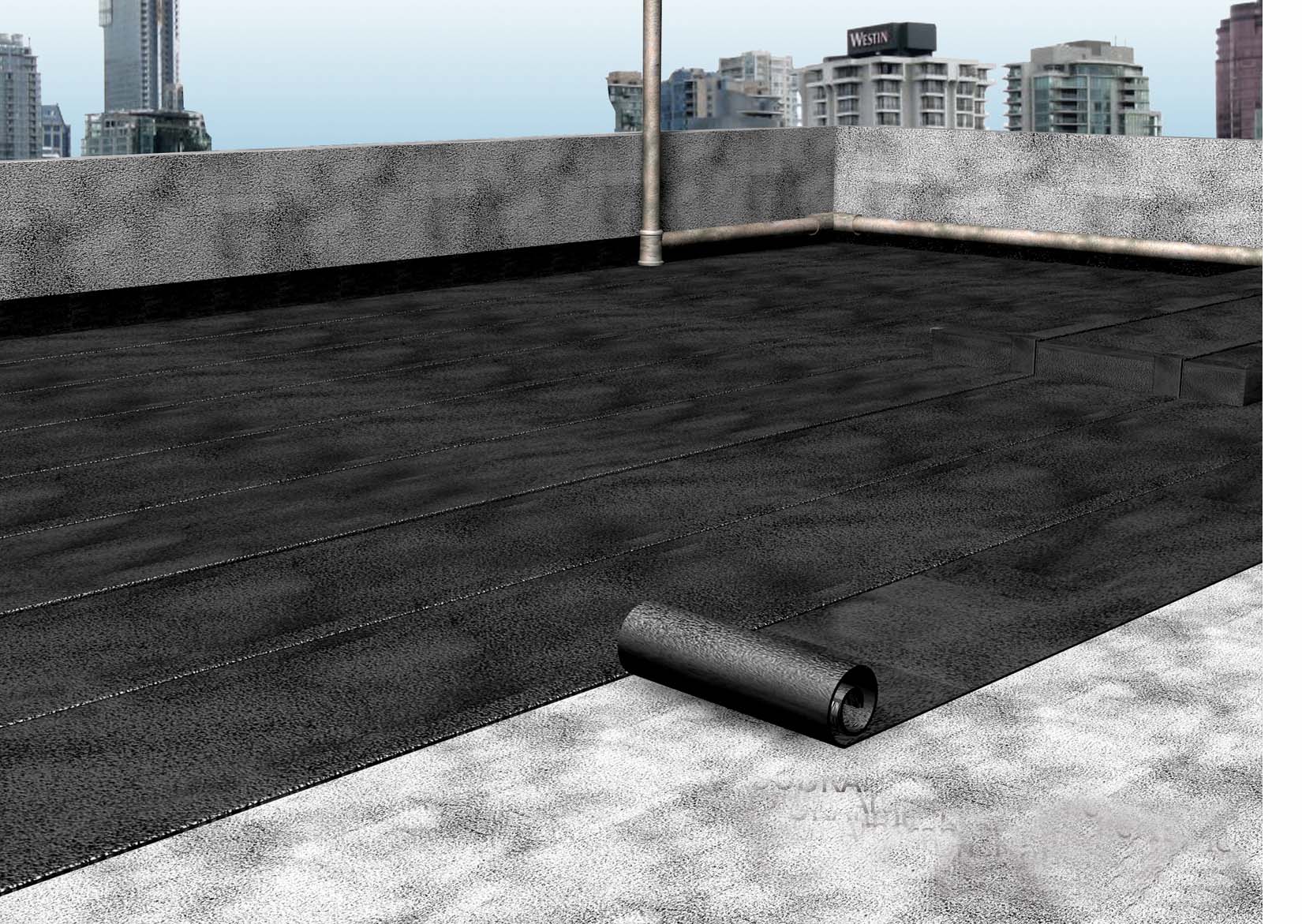The process of waterproofing is a vital aspect of residential and building maintenance that often gets overlooked until it's too late. As weekend warriors, we take delight in addressing DIY projects that enhance the protection and longevity of our homes. Understanding waterproofing is essential not just for preventing costly repairs but also for creating a comfortable home space. Whether it's your cellar, roof, or external features, the right waterproofing techniques can save you thousands of dollars and safeguard your investment.
In this handbook, we will explore all you need you need to know about waterproofing, including common myths, the necessity of various applications, and the signs showing that your property may need waterproofing. We will also investigate the DIY versus expert approaches, providing you with the insights to make educated decisions that best suit your needs and financial plan. Let's gear up and ensure our homes remain dry and safe for a long time to come.
The Significance of Waterproofing
Waterproofing is crucial for every home and building as it provides a solid defense against moisture damage, which can cause significant repairs and construction issues over time. High levels of moisture can weaken foundations, foster mold growth, and harm interior finishes. By implementing proper waterproofing measures, homeowners not only preserve their homes but also ensure a safer living environment devoid of harmful mold and mildew.
Ignoring the need for waterproofing can cause expensive repairs that far surpass the initial investment in preventive measures. Water damage can undermine the integrity of a building, leading to serious issues such as decaying wood, rusting metals, and unsightly stains on walls and ceilings. By actively sump pump installation , such as basements, roofs, and bathrooms, property owners considerably lower their long-term repair costs and enhance their overall property value.
Additionally, waterproofing plays a critical role in energy efficiency. A well-insulated building diminishes drafts and avoids water intrusion, which can result in higher energy bills. In eco-friendly construction, effective waterproofing contributes to a building's longevity and ability against environmental challenges. Investing in waterproofing solutions is not just a defensive strategy; it is a proactive approach to maintaining the value and functionality of all property.

DIY Waterproofing Techniques
One of the most effective DIY waterproofing techniques is using a waterproof sealant to your foundation walls. Begin by scrubbing the surface carefully to remove any grime, residue, or old paint. After the surface is clean and dry, apply a top-notch waterproofing sealant with a roller. This will create a barrier that prevents moisture from saturating the walls, thus reducing the risk of fungus growth and water damage. Don't overlook to pay extra attention to any fissures or seams, as these areas are often the most exposed.
Another useful technique is to concentrate on proper drainage around your premises. Ensure that gutters and downspouts are working correctly and directing water away from your foundation. You can also set up a French drain or enhance the grading of your yard to encourage better water flow. By redirecting rainwater away from your home, you significantly reduce the pressure on your foundation and decrease the chances of water penetrating in. Regular maintenance of your drainage systems is key to ensure persistent protection.
Finally, explore waterproofing your outdoor spaces, such as patios and patios. Applying a waterproof coating can prolong the life of these areas and prevent water damage. Look for products specifically designed for outdoor use, and ensure the surface is clean and dry before application. By taking these proactive steps, you can protect your investment and create a long-lasting living space, all while efficiently engaging in DIY waterproofing.
Selecting the Appropriate Waterproofing Options
Selecting the appropriate waterproofing solution for your building is based on several factors, like the specific areas that need protection, the local climate, and your budget. It's essential to first assessing the most vulnerable areas, such as basements, bathrooms, roofs, and foundations. Each area might require different items and techniques to effectively prevent water intrusion and damage. Grasping the different types of waterproofing systems on the market, such as interior vs. outside solutions, will help you in selecting the best choice for your situation.
Once you have pinpointed the areas of concern, research the multiple waterproofing products on the market. Look for coatings, membranes, sealants, and additives that fit your exact requirements. It's crucial to think about the longevity and effectiveness of these products, as well as any available warranties. User reviews and professional recommendations can provide valuable insight into the effectiveness of different waterproofing solutions. Don't hesitate to consult professionals if you are uncertain about the best option for your situation.
Finally, evaluate whether a DIY approach or hiring a professional is the appropriate path for your waterproofing project. While DIY solutions can save money and give you hands-on experience, they might not always yield the best results, especially for more complex or very complicated jobs. On the other hand, professional services can ensure a thorough application and compliance with local building codes. Evaluating the pros and cons of each approach will help you decide how to proceed, eventually leading to effective waterproofing that safeguards your property.
